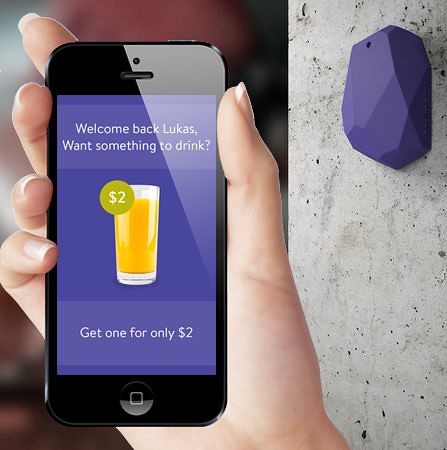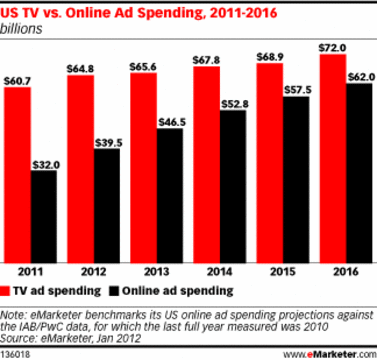Apple has quietly rolled out its iBeacon specification to certify devices that carry the Bluetooth LE standard, reports Beekn.net which reports on beacon device news.
Apple’s iBeacon is an indoor positioning system that can notify nearby iOS 7 devices of their presence.
According to Beekn.net, Under Apple’s MFI program, manufacturers can now request that Apple permit them to attach the iBeacon name to their devices. The specifications are available after signing an NDA.
Beacons that carry the iBeacon name are conforming to two things:
- They broadcast Bluetooth LE ‘signals’ in a way that conforms to the Apple standard for what those signals should contain
- They have use of the iBeacon trademark
But there’s no particular restriction in place which makes an iBeacon incompatible with Android or other phones, says Beekn. So while a beacon might carry the iBeacon name, this simple means that it has access to the trademark and that it has been configured to work well with Apple devices.
iBeacons and other similar Bluetooth LE beacons works by using Bluetooth low energy Proximity sensing to transmit a Universally unique identifier. It can trigger an action on the device such as a Check-in on social media. They are hyper-local, pinpointing location to within a few feet, work indoors and consume very little power.
Qualcomm recently announced that its Gimbal proximity beacons are commercially available in two models, and accurate down to one foot and work indoors and outdoors.
Series 10 beacons have a battery life of many months or up to a year; Series 20 beacons have a battery life of 1-3 years. Series 10 beacons are available for as little as $5 each and Series 20 beacons are available for as little as $10 each.
inMarket CEO and co-founder Todd DiPaola says their case studies involving partners like Coca-Cola, Procter & Gamble and others that show an immense difference in effectiveness between offerings that are made to consumers right in the store vs. at home or elsewhere.
In-app mobile adspend will reach $16.9 billion by 2018, up from $3.5 billion last year, a new report from Juniper Research has found.
See: iBeacons Come to Grocery Stores and Apple’s iBeacon: Location via Bluetooth 4.0
Posted on Tue, 25 Feb 2014 19:03:08 +0000 at http://www.dailywireless.org/2014/02/25/...con-specs/
Comments: http://www.dailywireless.org/2014/02/25/.../#comments


